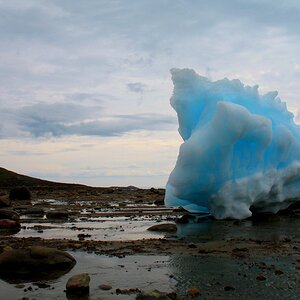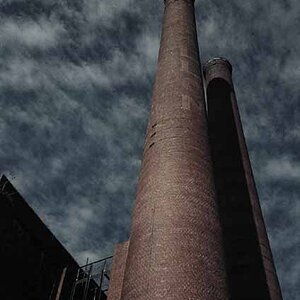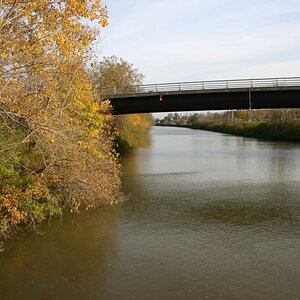A
astrostu
Guest
Wired's Article
1887: The Rev. Hannibal Goodwin files a patent application for camera film on celluloid rolls. He beats the Eastman Kodak company by two years and sets off a 27-year legal battle.
Goodwin was an Episcopal rector in Newark, New Jersey. He liked projecting lantern-slides of Bible stories to his Sunday school classes and wanted to try making his own. However, he found the intricacies of glass-plate photography too daunting and decided he could invent a better medium for holding the photographic emulsion.
He was a 65-year old clergyman, not a professional chemist, but two years of tinkering in his attic laboratory finally produced a flexible film from nitrocellulose, a trademarked plastic introduced in 1869. Without a clear understanding of the chemistry involved, he filed a vaguely worded patent application.
Meanwhile, George Eastman introduced rolls of photographic film in 1888, but the rolls were made of paper. Developing the negatives was costly, time-consuming and often produced streaked or blurry images. Professional photographers and serious amateur first adopters would have none of it.
Eastman set his chemist Henry Reichenbach to develop a film medium that would be clear, light, flexible, capable of holding the photochemical emulsion, and resistant to folding, shriveling, stretching, wrinkles, blemishes, bubbles and streaks. Quite a task.
Reichenbach wound up developing a formula remarkably similar to Goodwin's, with one additional ingredient: camphor. He filed a tightly worded patent application in April 1889.
Goodwin's application had been languishing with multiple revisions required to get it in proper form and specificity. The Reichenbach patent was approved in December 1889. The new Kodak film went on sale the next year and was an immediate success.
Goodwin, now retired, contested the Eastman-Reichenbach patent. The case wound its way through the labyrinthine administrative patent process until 1898, when Goodwin was finally awarded his patent. Goodwin died on what is considered the last day of the 19th century: Dec. 31, 1900.
His widow sold the Goodwin company to Anthony & Scovill (which became Ansco in 1907). The new company produced a small amount of film based on Goodwin's original patent, and then it sued Eastman Kodak.
The big company's problem was that in order to improve its film and accommodate new manufacturing processes, it had reduced the amount of camphor in its formula until its product was virtually indistinguishable from Rev. Goodwin's original formula. After more than a decade of legal wrangling, the U.S. Circuit Court of Appeals found in favor of Ansco and Goodwin's heirs (.pdf) in 1914.
Goodwin's patent was due to expire the following year, but Eastman Kodak had to pay out more than $5 million ($107 million in today's money, and 5 percent of George Eastman's net worth then) for past infringement and future license. Other film companies ponied up another $300,000.
Except for the substitution of acetate for celluloid, Goodwin's original technology dominated photography for a century before the advent of digital cameras. But he's hardly a household name.





![[No title]](/data/xfmg/thumbnail/32/32926-ec27ecead8c80d803404500d8f888dbf.jpg?1619735754)
![[No title]](/data/xfmg/thumbnail/32/32838-c28b0c47ca2cb319a1f97cc29ed60d61.jpg?1619735681)

![[No title]](/data/xfmg/thumbnail/37/37280-a7e70a01ccd331918e71645cd4c1f16e.jpg?1619737977)




